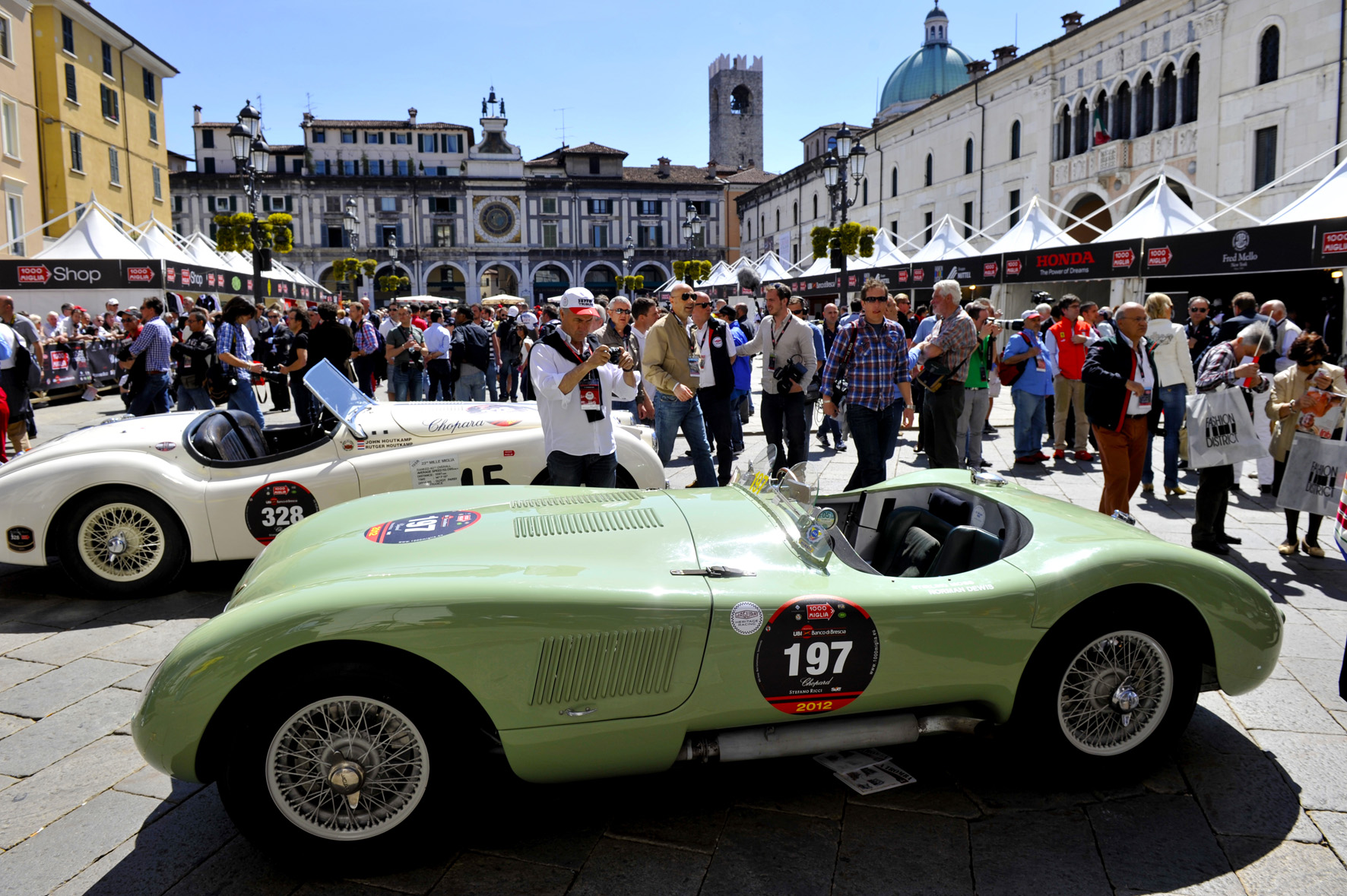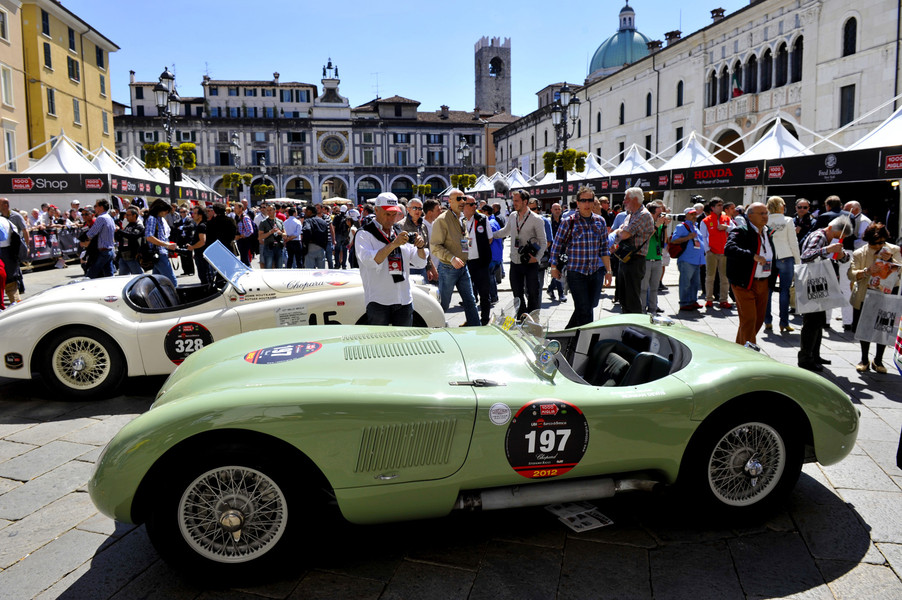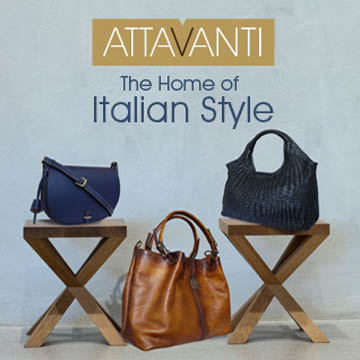Last month saw the latest Mille Miglia 2017 race. Simply translating to ‘one thousand miles’ this is an epic road endurance race of classic and vintage cars, starting from Brescia in northern Italy, down to Rome and back to Brescia. The race is completed in four legs and passes through some of the most beautiful countryside Italy has to offer. The course has changed somewhat over the years but the modern Mille Miglia starts and finishes on the Viale Venezia in Brescia and traverses a route down the eastern side of Italy to Rome and up the western side to complete the circuit. Brescia is in an area we know well as it's mid way between Bonfanti, who are based in Milan and Roncato and Giorgio Fedon who are based near Venice
The Mille Miglia was first conceived in December 1926 by group of like minded men from Brescia headed by Giovanni Canestrini, a famous motoring journalist, who were outraged when the Italian Grand Prix was moved from Brescia to Monza, just outside their larger neighbour Milan. They saw Brescia as the true home of motor sport, so they hatched a plan to create the greatest ever road race. The first race was strictly an all Italian affair, starting with seventy seven participants driving Italian made cars. The rules were simple, your vehicle had to be completely unmodified and there was an entrance fee of one lira to pay. This was an endurance race so the course was deliberately designed to test both vehicle and driver. Only fifty one survived the circuit, with Giuseppe Morandi first past the finishing line with a time of 21 hours and 5 minutes in an OM 665 Sport.
In the early years the races were won by Italian marques such as Alfa Romeo and driven by Italian drivers but as the race became more well known, drivers and cars form other countries started to participate with the German Rudolf Calacciola in a Mercedes Benz winning in 1931 with an average speed of over 100kph. Then disaster struck, in 1938 after a couple of very serious accidents which killed a number spectators as well as drivers, Benito Mussolini decided to put an end to the Mille Miglia. However this ban was short lived and the race was resumed again during the second world war in 1940. In the post war period the race became more and more popular and attracted famous drivers like Juan Manuel Fangio and Stirling Moss who won the race in 1955 in a Mercedes with Fangio coming second whilst driving on only seven cylinders. The following year Fangio raced in a Ferrari 290 MMs, finishing fourth overall. Interestingly that car came up for auction a couple of years ago and fetched an incredible $28 million.
The Mille Miglia was drawing larger and larger crowds especially in the narrow streets, in the cities they raced through and in 1957 the inevitable happened. Two major accidents occurred and 14 people lost their lives, some of whom were child spectators. This lead to the race being banned.
In 1977 it was revived with new rules and regulations and races are run in homage to the early years. Now in order to participate, the cars have to have been produced no later than 1957 and more importantly registered to run in the original races and at least one of the same model actually taking part in one of the races between 1927 and 1957. Even this is no guarantee of being entered as there are a maximum of 375 slots only. Also the price alone could be an issue at €8,500 to enter.
It is run differently these days to most races in that the slower cars go first which makes the days a little shorter for the marshals and the roads don't have to be closed for so long. This surely must add to the excitement as there is more overtaking going on.
As mentioned previously the race is performed in 4 legs. The first starting from Brescia and traveling east to Padua. Following an overnight stay, it is then south to Rome, a route that takes them through the wonderful and beautiful cities of Ferrara, Ravenna, San Marino and Perugia. The next day they leave this half way point and travel north though Tuscany, an area known for its leather manufacture and where many of our suppliers are based such as Chiarugi, Pratesi, Fontanelli and Ghibli, then through Modena to the overnight stop of Parma. The last and shortest leg is again north to the finishing post at Brescia.
This surely has to be the most beautiful race on earth for both spectator and competitor!

 Pound Sterling
Pound Sterling
 US Dollars
US Dollars
 Euros
Euros
 Canadian Dollars
Canadian Dollars
 Australian Dollars
Australian Dollars
 Japanese Yen
Japanese Yen
 Hong Kong Dollar
Hong Kong Dollar



